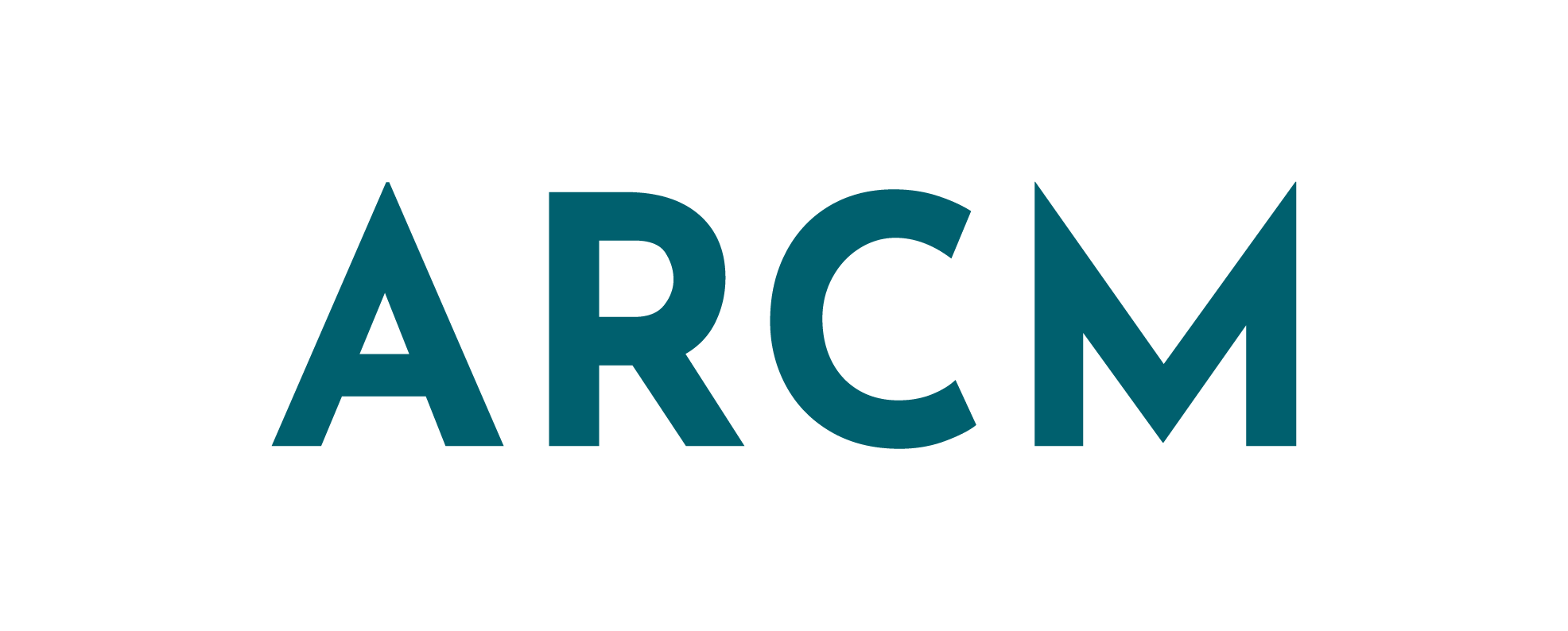This post was originally published in March 2023. Updated January 2025 to reflect developments from Google and other search engines.
You know, it’s been a while since I chatted about SEO here and I get asked a lot how to optimise content for SEO. So let’s get into it.
So you’ve published some blogs and in the name of getting shit done, you didn’t optimise them. Either because you didn’t have time, aren’t sure how, or just didn’t want to. (honestly, no judgement here)
SEO has been so ingrained in everything I’ve written for the last ten years that I do it without thinking. But I’m aware not everyone has that background, so let me help.
Today I’m going to take you through a bunch of stuff, including:
- The core principles of on-page optimisation
- A couple of checklists to help you on the way
- Creating SEO content beyond blogs
My top 5 priorities for optimising existing content for both search engines and UX
- Keyword research
- Semantic keywords
- Internal and external links
- Anchor text
- Meta titles (and to a lesser extent, meta descriptions)
Keyword research
Do you need sheets upon sheets upon sheets? No. If you have that awesome.
But you can scale down your research to free platforms like:
- Also asked
- Google keyword explorer
- ahrefs and Semrush both have some free access
One of the most important parts of keyword research (in my opinion) is understanding semantic keywords.
If you have the budget to invest in SEO software, I highly recommend SE Ranking (it’s what I use for all my clients and it’s easily the most affordable and the paid version of Also Asked (I have the Lite subscription and it’s ideal for my SEO retainer clients). [note – both of these are affiliate links. If you don’t fuck with that, no hard feelings. You can just type their names into the browser/search engine of your choice]
Semantic keywords
Just shoving “5 star hotel in Brighton” or “integrated LMS and performance software” into every heading or sentence does not a good user experience make. Keyword stuffing is somehow still a very real problem in SEO.
In fact, it makes a massive pile of wank that Google will penalise and no one will read. Lose-lose.
Semantic keywords are a huge part of optimising your content and a great way to both let search engines and your readers know that you aren’t just regurgitating some spammy bullshit.
You then need to understand keyword distribution. Make sure you have the keyword in your H1, semantic keywords in your H2s, and semantic keywords dotted (sparsely) throughout your copy.
Internal and external linking
Internal linking is super important for your SEO. It indicates to Google (and other search engines) which parts of your website are connected and helps to boost the relevancy of specific keywords.
For example, if I was writing a blog about SEO tips or content strategy, I would link to my SEO support hours web page towards the top of that blog. In fact, within the first couple of sentences.
Ideally, you also want to link to other related resources including blogs, case studies, eBooks, and webinars (if you have them. No panic if you don’t).
External links and research also provide legitimacy to your website. You want to look out for decent domain authority (50+) and ideally well-recognised publications in your industry.
In B2B tech (especially in the HR and people space), example publications include Harvard Business Review, Deloitte, and Mckinsey & Co.
Anchor text
It’s 2023, we are not using “click here” as our fucking anchor text. We are done with that bullshit.
Here are the two formulas I use for non-wanky anchor text:
1. date + content type + publication (most often used in blogs, ebooks, cornerstone, etc)
This looks like: n“2022 research report from Deloitte”
2. name of product/service page
This looks like (for me): “Website copywriting” or “SEO content writing”
I tell you what, let’s make this a bit easier. Here is the on-page optimisation checklist I made to accompany my BrightonSEO talk in 2022.
Meta titles (and meta descriptions)
Especially if you don’t know to optimise your content (or aren’t sure how to), this is the sort of thing that can so easily be missed.
You’ll find a space to fill this in within your CMS, often on the same page you upload the blog or in post settings.
The main things to consider:
- Meta title should ideally be similar to (or the same as) your H1
- Meta title should include your target keyword
- Meta title and description should be eye catching – introduce the concept of the content with a bit of personality
- Meta description should be 155 characters or shorter.
- Google loves to choose their own meta descriptions from your content. So focus your optimisation work in your meta titles
- Don’t be afraid to balance a bit of personality with your SEO priorities here
Creating SEO content beyond blogs
I will always sing the praises of blogs, but they don’t need to be the be all and end all of your SEO content efforts.
I also really recommend cornerstone content and pillar pages. Which can be a great way to tie all of your blogs and other content together in one place.
If you want to learn more about it and see a live example, you’ve come to the right place. Here is a piece of cornerstone content I wrote about topic clusters (very meta).

